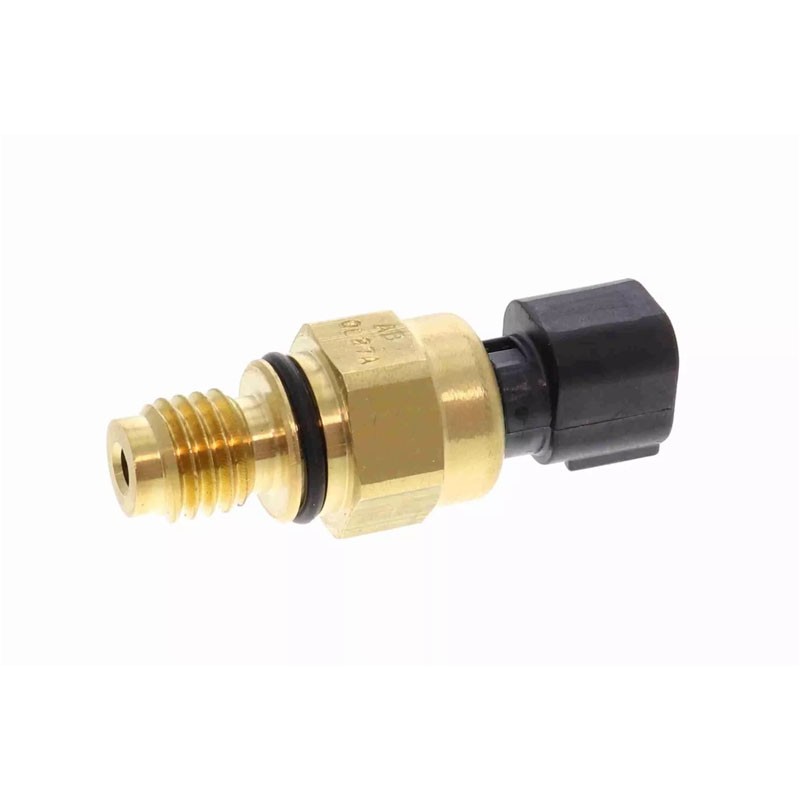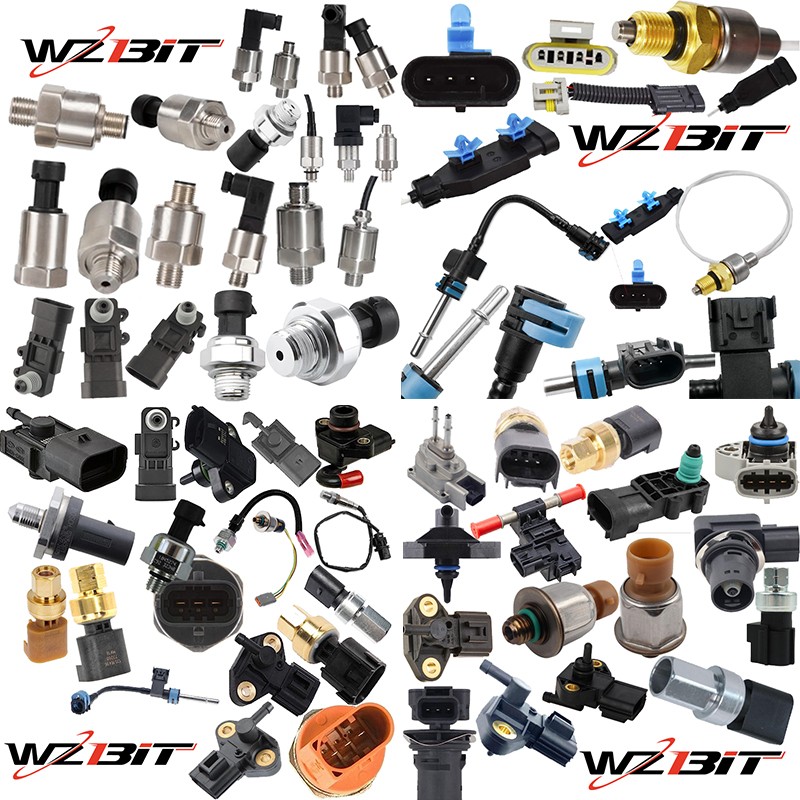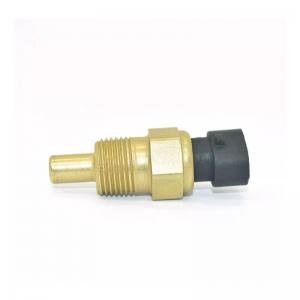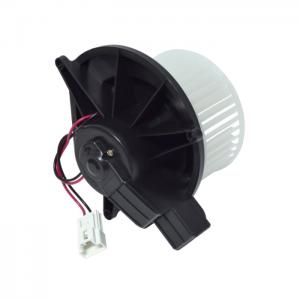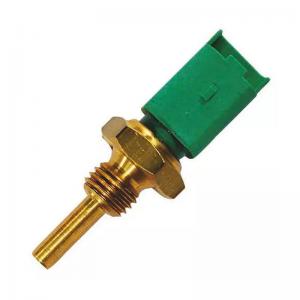Oil Pressure Switch Sensor
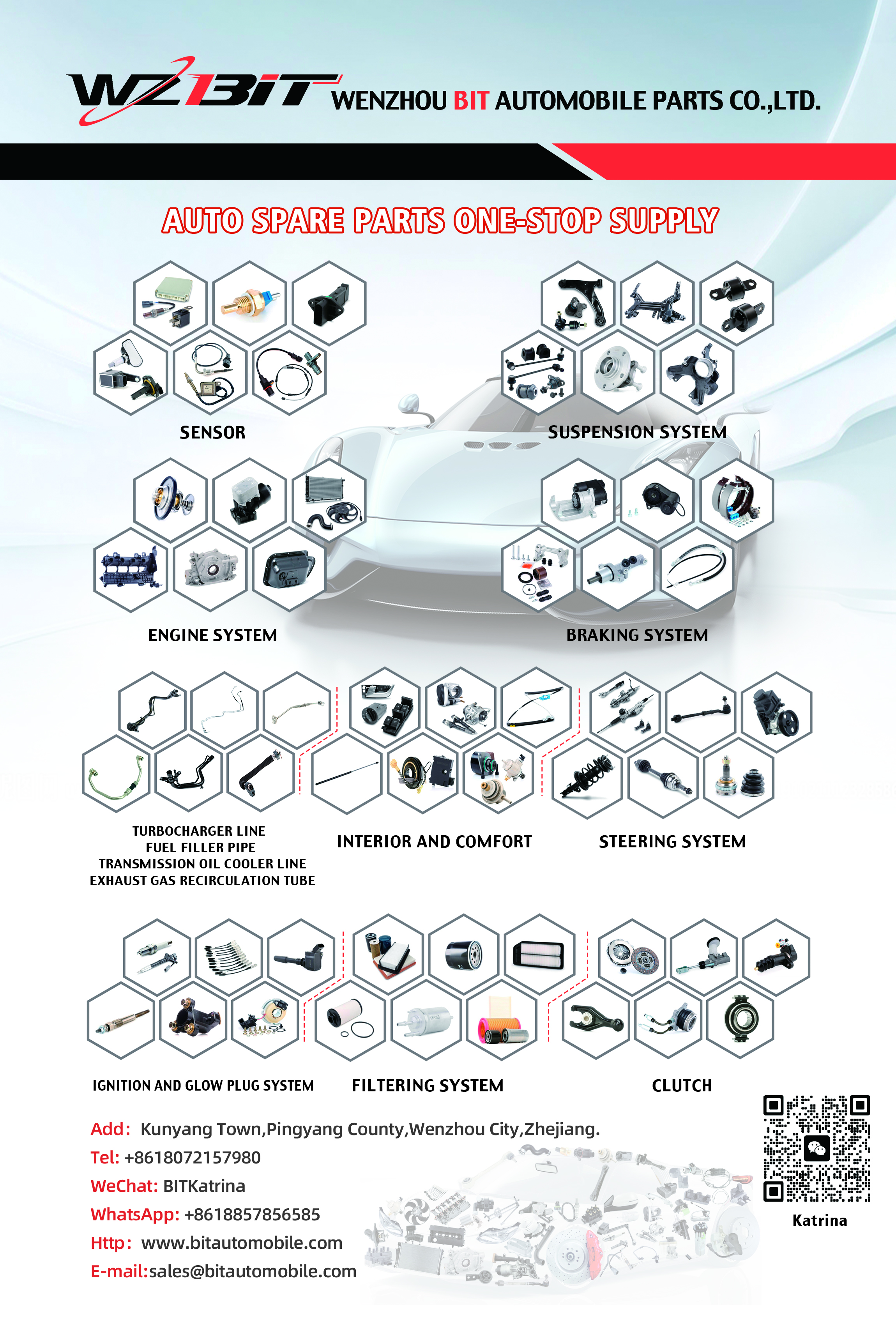
An oil pressure switch (also known as an oil pressure sensor or oil pressure sending unit) is a crucial component in an engine's lubrication system.

Here’s a detailed explanation:
- OE Number
| 1076647 |
| 1071990 |
| 98AB3N824DB |
- Compatible Applications
| FORD C-Max (DM2) (Year of Construction 02.2007 - 09.2010, 90 - 145 PS, Diesel, Petrol) |
| FORD Focus C-Max (DM2) (Year of Construction 10.2003 - 03.2007, 100 PS, Petrol) |
| FORD Focus Mk1 Estate (DNW) (Year of Construction 02.1999 - 11.2004, 75 - 102 PS, Petrol, Petrol/Ethanol) |
| FORD Focus Mk1 Hatchback (DAW, DBW) (Year of Construction 10.1998 - 11.2004, 75 - 102 PS, Petrol, Petrol/Ethanol) |
| FORD Focus Mk1 Saloon (DNW) (Year of Construction 02.1999 - 11.2004, 75 - 100 PS, Petrol) |
| FORD Focus Mk2 Convertible (DB3) (Year of Construction 10.2006 - 09.2010, 100 - 145 PS, Diesel, Petrol) |
| FORD Focus Mk2 Estate (DA_, FFS, DS) (Year of Construction 07.2004 - 09.2012, 80 - 145 PS, Diesel, Petrol) |
| FORD Focus Mk2 Hatchback (DA_, HCP, DP) (Year of Construction 07.2004 - 09.2012, 80 - 145 PS, Diesel, Petrol) |
| FORD Focus Mk2 Saloon (DB_, FCH, DH) (Year of Construction 04.2005 - 09.2012, 80 - 145 PS, Diesel, Petrol) |
| FORD Focus Mk3 Estate (DYB) (Year of Construction 07.2010 - ..., 95 - 182 PS, Diesel, Petrol) |
| FORD Focus Mk3 Hatchback (DYB) (Year of Construction 07.2010 - ..., 95 - 182 PS, Diesel, Petrol) |
| FORD Focus Mk3 Saloon (DYB) (Year of Construction 07.2010 - ..., 95 - 182 PS, Diesel, Petrol) |
- Function
The primary function of an oil pressure switch is to monitor the oil pressure within the engine. It detects the pressure of the engine oil and sends a signal to the vehicle's engine control module (ECM) or gauge. This information is crucial for maintaining proper engine lubrication and preventing damage due to low oil pressure.
- Construction
Oil pressure switches are typically threaded into the engine block or oil pump. They consist of:
- Pressure-Sensitive Mechanism: This mechanism varies depending on the type of switch. It may use a diaphragm, spring, or other mechanism that changes electrical resistance or voltage output based on oil pressure.
- Electrical Connector: The switch is connected to the vehicle's wiring harness, allowing it to send electrical signals to the ECM or dashboard gauge.
- Operation
1. Normal Operation: When the engine is running, oil is pumped under pressure throughout the engine. The oil pressure switch monitors this pressure.
2. Signal Transmission: If the oil pressure drops below a certain threshold (typically due to low oil level or pump malfunction), the switch activates and sends a signal.
3. Warning Indication: The signal is used to activate a warning light on the dashboard or send data to the ECM, alerting the driver to low oil pressure. This prompt action helps prevent engine damage from insufficient lubrication.
- Importance
- Engine Protection: Monitoring oil pressure is crucial for protecting engine components, such as bearings, pistons, and crankshafts, which rely on proper lubrication to operate smoothly.
- Early Warning System: The oil pressure switch serves as an early warning system for potential engine problems. Detecting low oil pressure early can prevent catastrophic engine failure.
- Maintenance
Routine maintenance and inspection of the oil pressure switch are essential to ensure it functions correctly. Signs of a malfunctioning oil pressure switch include:
- Illuminated Oil Pressure Warning Light: This indicates low oil pressure or a malfunctioning switch.
- Inaccurate Gauge Readings: Fluctuating or incorrect readings on the oil pressure gauge.
- Engine Noise: Such as knocking or tapping, which can indicate inadequate lubrication.
- Replacement
If the oil pressure switch fails or malfunctions, it should be replaced promptly to prevent engine damage. Replacement involves locating the switch on the engine, disconnecting the electrical connector, removing the old switch, and installing a new one. It's important to use a replacement switch recommended by the vehicle manufacturer to ensure compatibility and proper operation.
- Summary
The oil pressure switch is a critical safety device that monitors engine oil pressure, providing early warning of potential engine issues. Regular maintenance and timely replacement of the oil pressure switch are essential for ensuring engine reliability and longevity.
Send your message to us:


